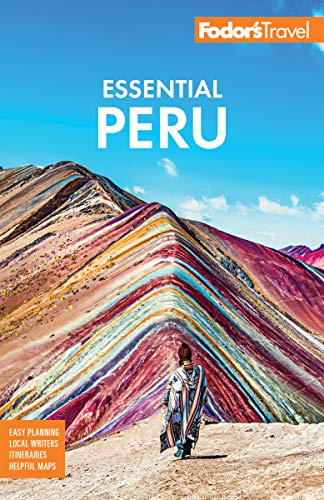Surfing in Peru
South of Lima, you'll find a string of sandy beaches, most of them backed by massive sand dunes. The water is cold and rough, the waves are big, and lifeguards are nonexistent.
Sound appealing? Then pick up your board, and head south to see why Peru is becoming one of South America's hottest surfing destinations.
For a sure bet, head to Punta Hermosa, a town near Km 44 on the Pan-American Highway (about an hour's drive south of Lima), which, with its numerous reefs and coves, has the highest concentration of high-quality surf spots and breaks all year round.
Fancy yourself a pro? The largest waves in South America, some 7 meters (23 feet) high, roll into nearby Pico Alto, with nearly 20 good breaks around the Pico Alto Surf Camp. Paddle out from Punta Hermosa via Playa Norte to reach the reef, although be warned—these waves are for the very experienced and crazy only!
Excellent surfing is also much closer to shore at the town of Cerro Azul, at Km 132 of the Panamericana. Long tubular waves break right in front of the town, so be prepared for an audience. A pleasant fishing village, Cerro Azul is a popular weekend and holiday destination, and the beach gets crowded during peak times. Go midweek if you want the place to yourself.
Peru doesn't have a huge surfing tradition, but to see where a small slice of local history was made, head to Punta Rocas, 42 km (26 miles) south of Lima, where, in 1965, Peruvian surfer Felipe Pomar became something of a national hero when he won the World Surfing Championships. The reef break here provides a classic wave for beginners and advanced surfers alike.
There's even some decent surfing in the middle of Lima. Just off the coast of Miraflores, on the Costa Verde beach road, you can find four surfable beaches, all within a 15-minute walk of one another. Right near the Rosa Náutica restaurant, Redondo, Makaha, La Pampilla, and Waikiki are breaks for beginners, but their proximity to the city means the water can be more than a little polluted. Think you've just paddled past a jellyfish? It's more likely a plastic bag.
Surfing in Peru is best from March to December, with May probably being ideal. Although the climate is dry year-round, in winter the Pacific Ocean can get very chilly (although it's never particularly warm, and wet suits are advisable year-round). The coastal fog, known as la garúa, can also leave you with little to look at.




